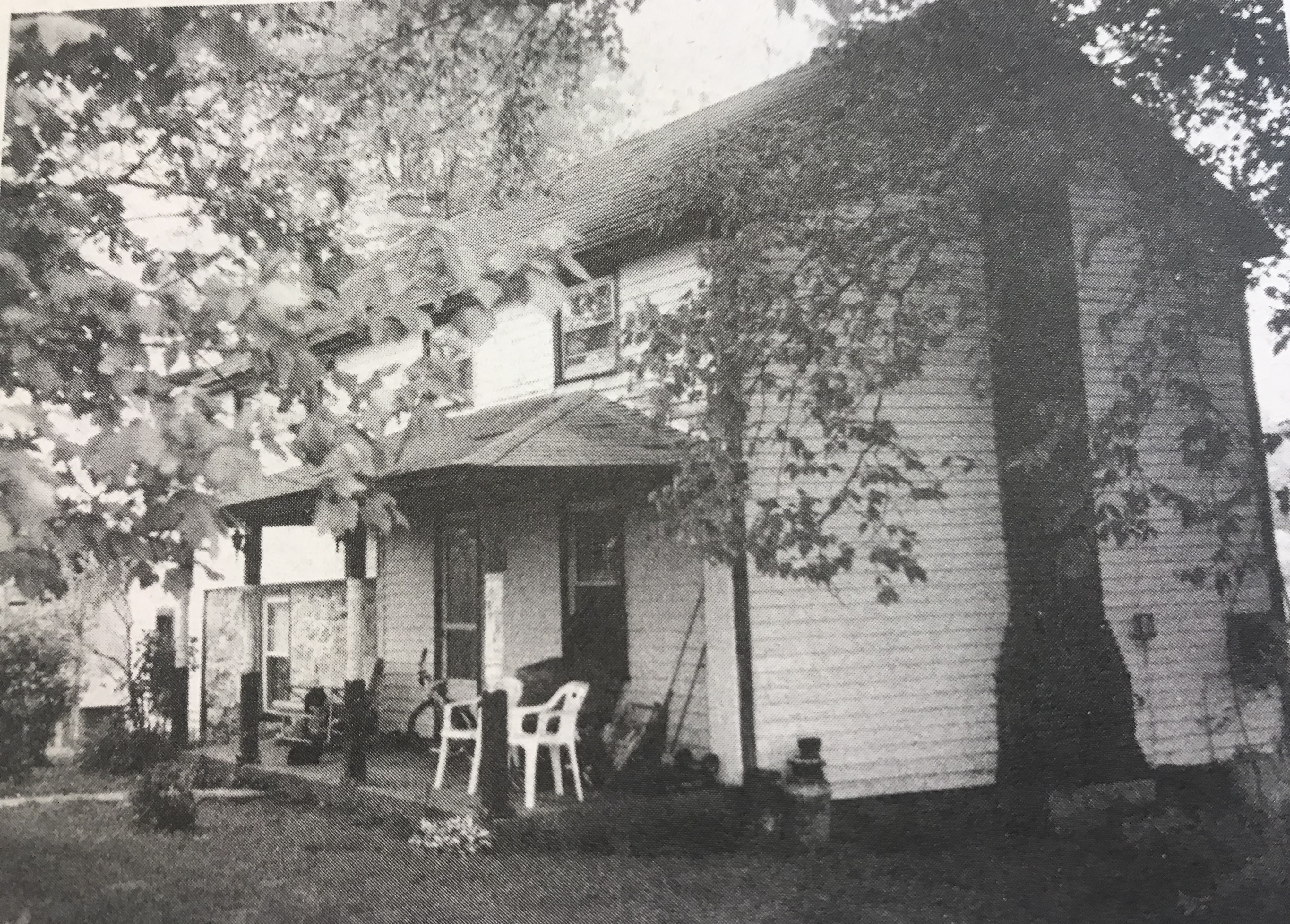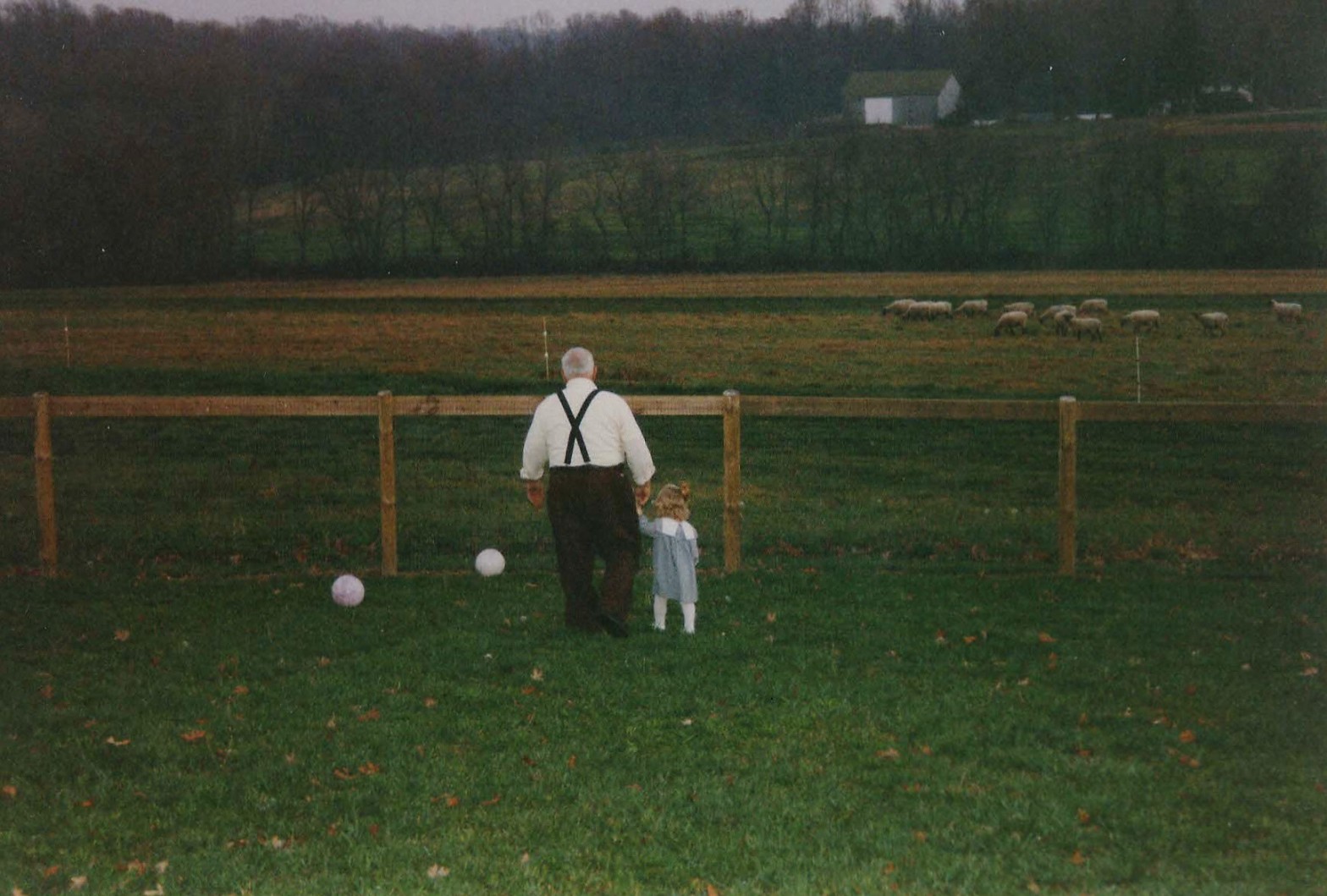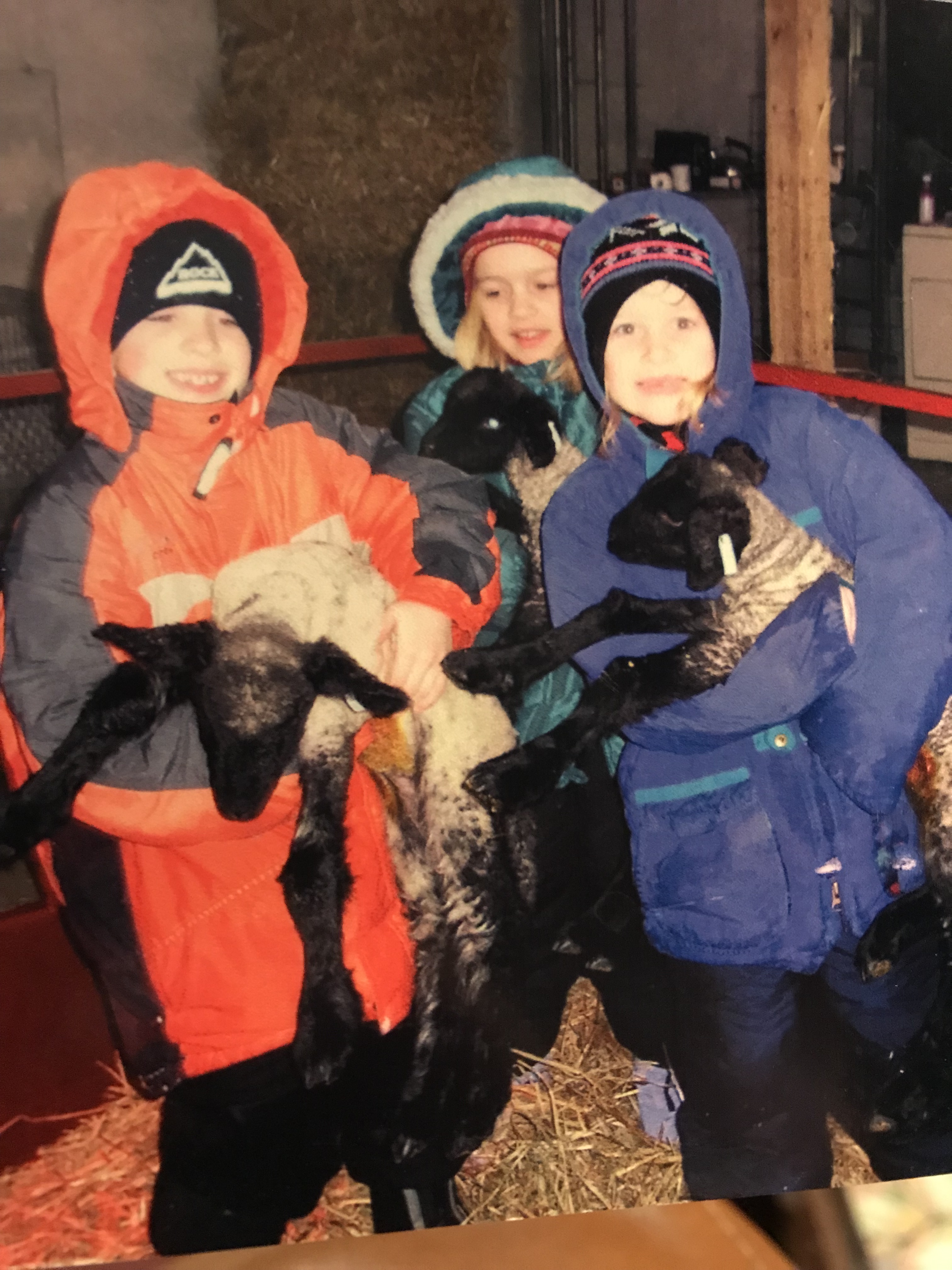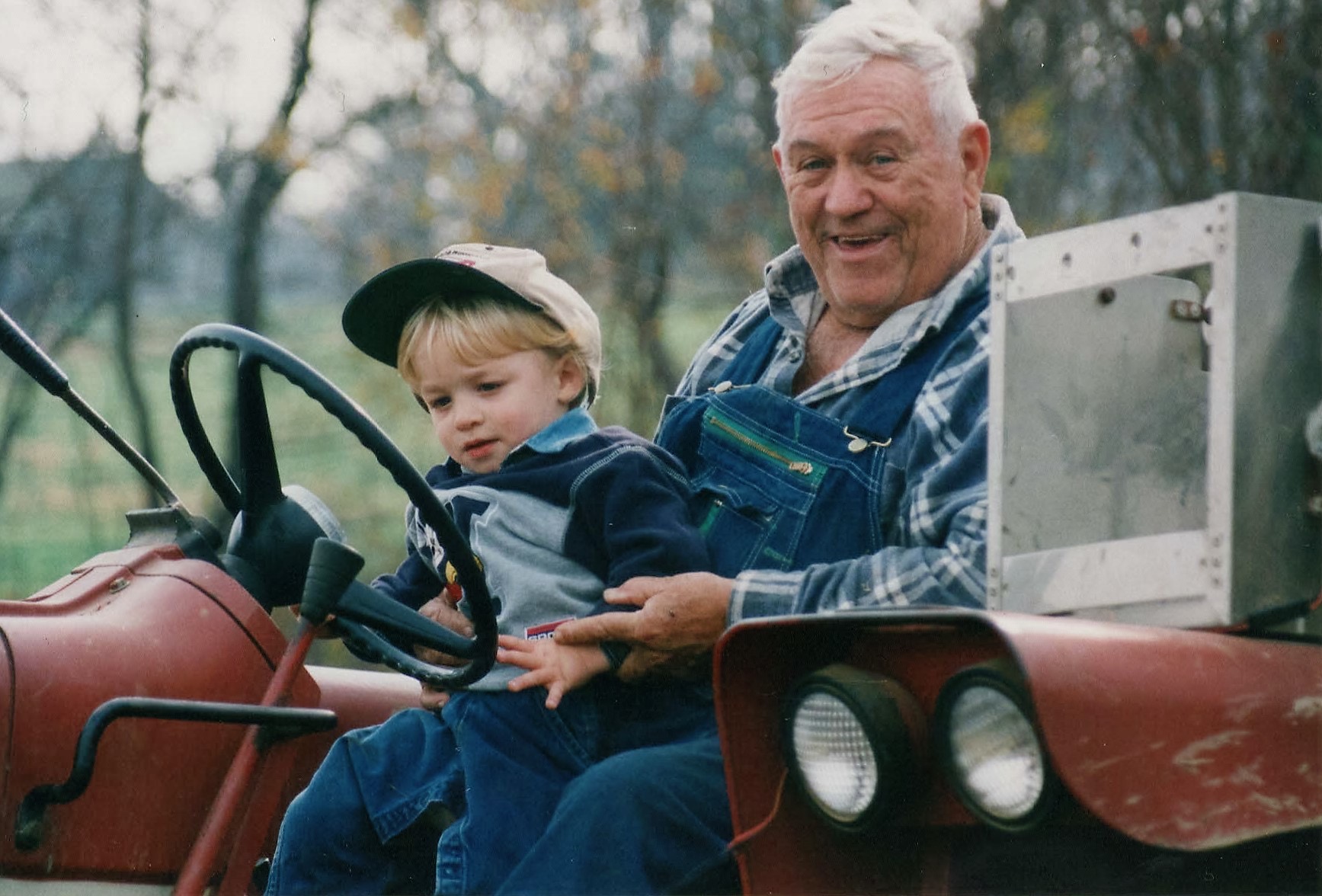

Source: Chesco.org
The year was 1750. Pennsylvania remained a colony in a country that had yet to be born. And in New London Township, the sons of state founder William Penn sold over 300 acres to one man.
But, that one farmer was not the sole owner of the land for long. On this land, stories abound.
Providing for families from the Revolutionary War to the Great Depression, the land was eventually split into smaller tracts.
In 1941, a man named William Bradford Lytle bought about 40 acres of that original land. It was then that he began sowing the story of the Lytle family into its historic soil.

Besides an old farmhouse, the 18th century farmers left the Lytle family few signs that this land had been home to so many generations before them.
What they did know was that this was a very different time than that of William Penn. The United States was about to enter World War II, and their oldest son would enlist in the Army at 17 years old. This farm was going to be their new home for a long time.
The Lytle Family at War Time
When the Lytle family moved into the old farmhouse on Church Road, Don – known to many as Farmer Don – was 9 years old. While his older brother lived in Baltimore, Don’s father (Pap Pap), mother (Big Mom) and two sisters spent several years living in and around South Philadelphia.
They weren’t strangers to farm life, though.
Before the family moved closer to their dad’s work in the city, Pap Pap worked on his father’s farm in Providence, Maryland, where they raised over 4,000 chickens.
However, it was in Philadelphia where Big Mom swiftly decided it was time to move back to the countryside. The United States had entered World War II, and the city had started painting the windows black for potential air raids.
Besides the old farmhouse, the farm as it was in 1941 had a newly rebuilt barn, a milk house and a small chicken house that would become the “green house”.
Despite what its name may suggest, the green house did not have any sort of botanical function. Instead, the small building had a unique green hue because Pap Pap used wooden paint-test strips from his work at the DuPont plant to repair the building.
At his core, Pap Pap was a farmer, and he quickly returned to his chicken-farming roots. He first remodeled the conventional hay barn to include three floors where he raised thousands of chickens.
The family later built a modern chicken house that boosted their capacity to over 7000 laying hens. This came at a time when most farms only housed hundreds of chickens. (Today, the average chicken farm raises tens of thousands.)
Driving the Egg Routes in the 50s
In the 1950s, Pap Pap started selling his eggs on retail routes throughout Wilmington, Delaware.
In addition to dressing about 50 chickens a week, the family raised turkeys to sell during Thanksgiving.
When Don was 16-years-old, his agriculture teacher suggested he start growing strawberries. Between the strawberries and other produce they sold, Don bought himself a new car when he was a senior in high school.
After Don and his wife Peggy came back from the military where he served as an Air Force carpenter for four years, the family began raising pigs. They had their own butcher shop on the farm where they made scrapple, sausage and pork products to sell on the routes.

Since Don’s original dream to be a comedian did not work out as planned, he decided to use his “gift of gab” to establish his own retail routes in the suburbs and Newark, Delaware.
While he worked shifts at the Chrysler plant, Peggy took over the retail routes delivering eggs three times a week. She and Don’s mother would also work in the cold room of the chicken house, grading (sorting by size) and packing eggs in cartons.
Although the Lytle’s quit raising chickens in the 1960s, they continued to sell eggs for a neighboring farm. And soon enough Don was finding more ways to bring the local community together.
1970s – 2011: Community in Farming
In the 1970s, he decided to start a pick-your-own strawberry patch, which was one of the first in the area and a favorite among locals for decades.
When one of Don and Peggy’s sons, David, was 13-years-old, he became interested in raising his own livestock. In 1974, Don drove David to the University of Delaware to pick up his first five Hampshire ewes. David has been raising a flock of Hampshires ever since.
One year in the early 90s, a frost killed the Lytle’s entire strawberry harvest and Don scrambled to find a solution. That’s when he first planted a trial run of pumpkins.
With Farmer Don’s famous “tale on the bale, feet on the floor” mantra, he started right away with a tradition of hay rides and pick-your-own pumpkins.
Then in 2011, when David and Barbara’s triplets – Justin, Emily and Alyssa – were heading into high school, they established the first annual Lytle’s Corn Maze.
Their parents challenged them to find a way to raise money for college, and this worked! By May 2020, all three will have graduated from Lebanon Valley College, American University and Kutztown University, respectively.
The Farm As You Know it
Now, the next time you come visit us at Lytle’s Farm, and you peer through the trees to look at the rolling hills of pumpkin and corn fields, I invite you to think about family. Think about the generations before us. And think about how farming has and will continue to bring us all together.








Thank you for the adventure!!! You have been a family tradition for years!
LikeLiked by 1 person
We love Lytle’s. You have been a party of our family traditions for almost 20 years!
LikeLiked by 1 person
I loved reading this, Barbara and David! There’s something so special about a family farm, and it’s wonderful to learn some of its history.
LikeLiked by 1 person